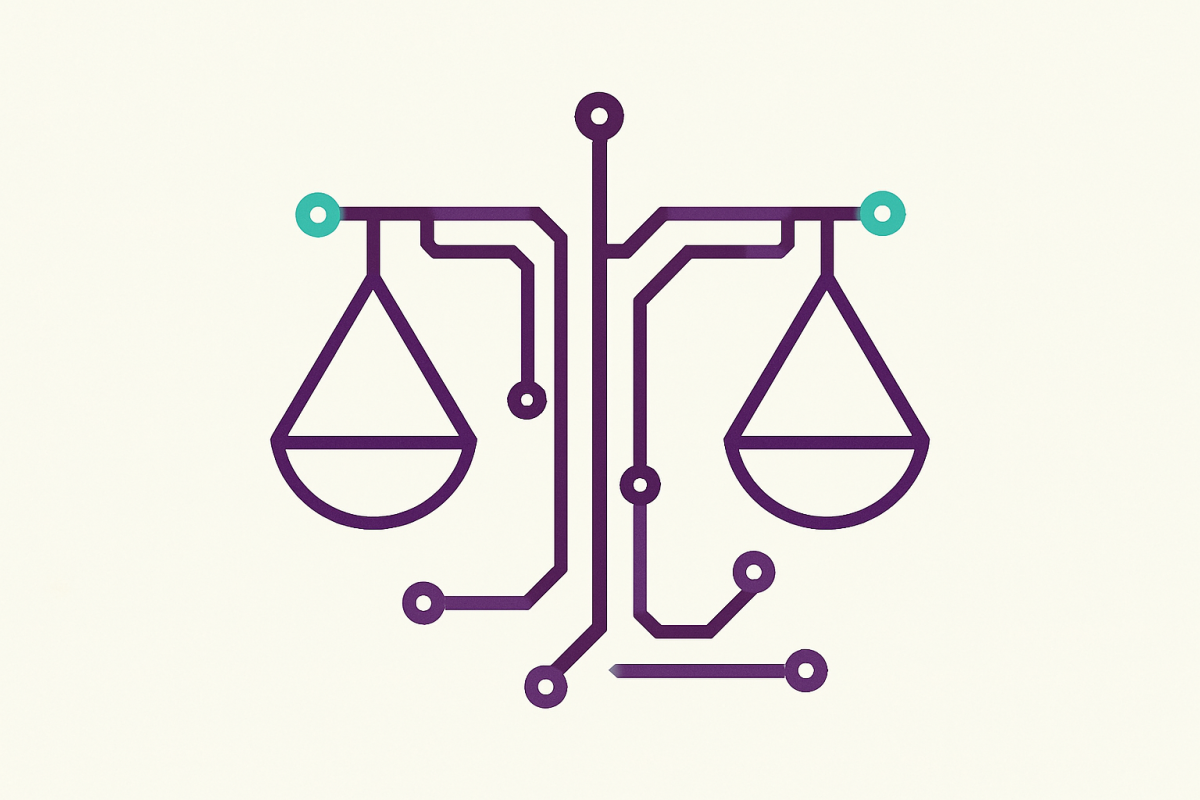Blog

Navigating the Ethics of Artificial Intelligence in Leadership
Artificial intelligence (AI) continues to reshape industries, promising unprecedented efficiencies and capabilities, yet it also brings forth significant ethical considerations that leaders cannot afford to ignore. As leaders integrate AI into their decision-making processes, they must also ensure it is being used responsibly to avoid issues such as bias, invasion of privacy, and undermining public trust. The question is: “How do you ensure accountability where the processes are OPAQUE even to the creators of AI, the focus is exclusively on profit and task efficiency takes precedence over human wellbeing?”
One crucial aspect of ethical AI leadership involves transparency. But what TRANSPARENCY are we talking about when the inner-workings of AI are effectively unknown and when it is virtually impossible for the creators themsleves to be fully conscious of their own biases? This puts even greater responsibility for ethical management on leaders.
Leaders should strive to make the AI’s decision-making processes clear to all stakeholders, at least by stating that AI was used in the decision-making process. This includes providing insights into how data are used, the logic behind AI decisions, and any potential biases in the system. ‘Transparency’ of this kind not only bolsters trust but also fosters a deeper understanding of the limitatioms and informed acceptance of AI technology across the organization.
However we look at it, accountability remains a key facet of ethical AI usage. Leaders must ensure that there are adequate measures in place to hold both the AI systems and the operators accountable for their outputs. This might involve regular audits of AI systems and their outcomes to ensure compliance with ethical standards, as well as maintaining a robust method for correcting any errors or biases identified in these audits. Maybe there should even be a BLOCK, TERMINATE, and REVERSE command available for some processes?
Leaders must also focus on inclusivity when deploying AI. This includes ensuring the AI systems do not propagate or amplify existing biases against certain groups. An example of proactive leadership in this area comes from a global financial institution that implemented AI in its loan approval process. The company conducts regular reviews of its AI models to check for decisions disproportionately disadvantaging any particular demographic group, and quickly adjusts its algorithms to correct any biases found. The question is how do you remove bias when bias is part of the ‘normalized’ slection process? Rigorous and regular analysis of stastical reports of the results do help to reveal biases. GIGO (garbage in = garbage out) remains central. There is no substitute for clean and reliable data.
Another exemplary case comes from the healthcare sector, where a renowned hospital utilised AI to help diagnose patients. The leadership ensured that AI recommendations were always reviewed and interpreted by human doctors before any critical decisions were made, thus maintaining a balance between leveraging AI’s capabilities and retaining human oversight. Careful and regular analysis of stastical reports of the results do help reveal biases and strengthen confidence in the results.
For leaders looking to ethically integrate AI into their operations, consider these strategies:
- Establish and Apply Clear Ethical Guidelines: Develop and continuously update a set of AI ethics guidelines specific to your industry and company.
- Engage with Stakeholders: Regularly discuss AI initiatives with stakeholders to understand their perspectives and address any concerns.
- Invest in Education: Continuously train your team about AI capabilities and ethical use to ensure they understand both the technology’s potential and its limitations. Establishing a quality culture and mindset in information management is crucial.
- Implement Oversight Mechanisms: Set up an internal committee and also work with external auditors to review and oversee AI deployments. CONVENIENCE is a slippery and dangerous slope. Do not retire your mind or your humanity.
- Promote Multidisciplinary Collaboration: Encourage collaboration between tech teams and other departments to ensure diverse perspectives and understanding in AI deployments and management.
- Remember that AI is only a TOOL. AI does not replace your understanding, wisdom and good judgement.
- Most important of all, what you thought you knew in the morning may be proven false that same afternoon. Approach AI with the same skepticism you would apply to anyone making exaggerated claims.
Leadership in the era of AI means embracing both the technology’s transformative potential, its ethical implications and potential dangers. By adhering to robust ethical standards, leaders not only protect their organizations from risks but also contribute to the broader goal of ensuring AI benefits are realised responsibly and justly for all segments of society.
I would feel much more confident if there were an independent Legal Framework and Governance body, whereby it would be possible not only to hold Countries, Financial Institutions, Businesses and Individuals Accountable but also have the power of dispassionate Enforcability. Is it even remotely possible in 2025 as it unfolds?

